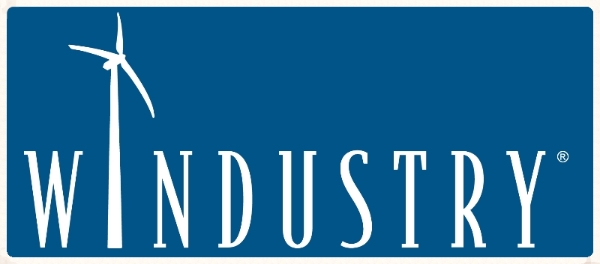This is the first question you should ask yourself before undertaking a small wind installation. Some people chose to put up their own turbines for environmental reasons, because wind energy is a clean, emission free, renewable energy source. Many like the idea of being energy independent, while others are tinkerers wishing to incorporate their energy consumption into their love of machines and technology. Whatever your motivation you should understand what is involved in owning your own wind generator as they are sophisticated pieces of machinery that will need periodic maintenance and can be a fairly large investment.
2. Small Wind Economics
For a small wind system determining the payback of a project plays a large factor in determining if owning your own system makes sense for you. In order to do this you will need several pieces of information:Continue reading
3. Wind Resource
The first step to designing your system is determining if you have enough wind to justify the expense of the system and the time and expense of operating and maintaining your equipment. Remember: a small turbine without enough wind is like a solar panel in the shade: it won’t produce energy!Continue reading
4. Equipment
A typical wind energy system consists of the turbine itself mounted on top of a tower and a controller consisting of power electronics which controls the power output of the turbine under various wind and grid conditions. Typically a controller will come as part of a package with the turbine making turbine and tower the major decisions in choosing your system. There are many different turbine manufacturers with many models of turbines to chose from as well as several tower configurations that vary in difficulty for erecting.Continue reading
5. Choosing an installer for your project
Choosing an installer for your wind turbine and other related equipment is as important if not more so than choosing the equipment for your system. Before choosing an installer read through and understand What to Expect From Your Renewable Energy Dealer, written by Richard Perez and published in Home Power Magazine in 2001.
Continue reading
Continue reading
6. Working with your Utility
To have a successful grid connected project you have to work with the utility to make the interconnection go smoothly. Get the utility involved early in the process of planning. Many times your utility will have a dedicated contact for systems of this size range.Continue reading
8. Zoning & Permitting
Before putting your project in the ground you will have to acquire the appropriate permits from your county zoning office or municipal zoning office. Many areas that have seen much wind energy development in recent years may have zoning ordinances designed specifically for smaller wind projects. If this is not the case you may have to obtain a special use permit from the county zoning board.Continue reading
7. Insurance
A small wind machine needs to carry insurance to protect the equipment, just like any other large investment you make. If a once in one hundred year storm destroys the machine, liability insurance is important to protect yourself, others and the interconnecting utility against unforeseen circumstances.Continue reading
9. Net Metering
Net metering is a way for you to connect your small wind turbine behind the meter at your home, business or farm. This system is designed to allow energy generated at your home farm or business to offset some or all of the electricity you use. If your generator is producing more electricity than you can consume the excess is sold back to the utility.Continue reading
10. Operations & Maintenance
In a good year at a good wind site, a small turbine might be running 6,000 hours over the course of a year. For comparison, this is about the same as driving your car 200,000 miles! Not suprisingly, your small turbine will last longer and perform better if maintenance is done regularly. For most systems, you should plan to either tilt down the tower or climb the tower once a year to check for signs of unusual wear, tighten bolts, lubricate moving parts and perform other general maintenance. You should check with the manufacturer or dealer of your turbine for specific guidelines, or contract with your installer for future maintenance.

